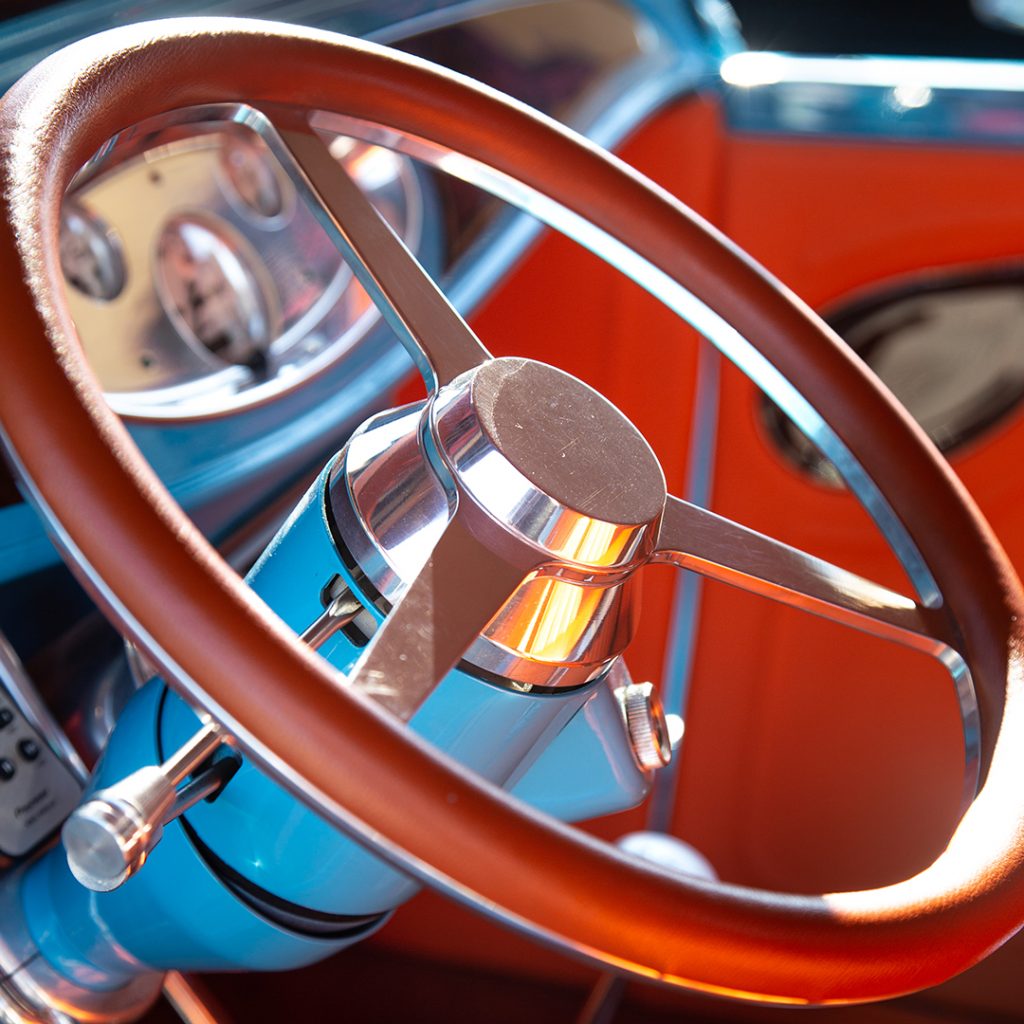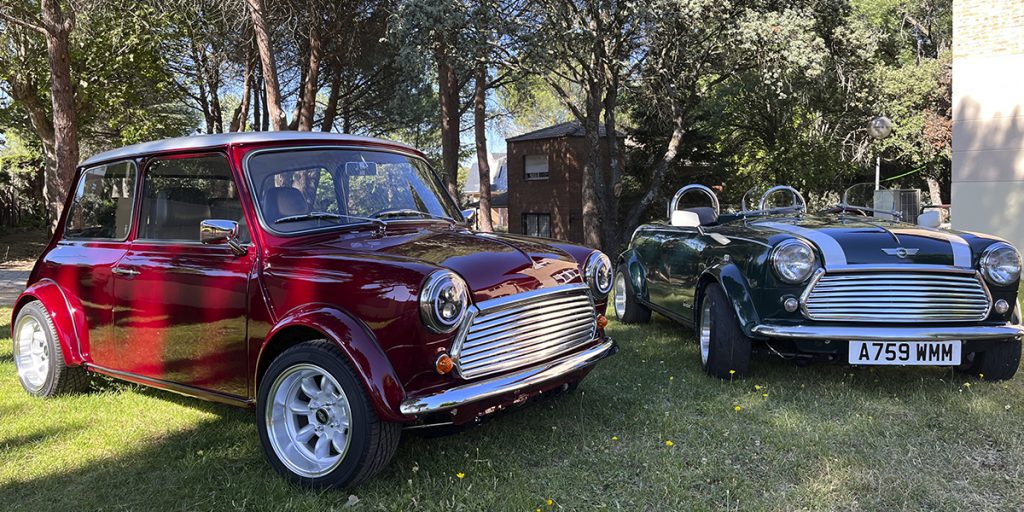Have you heard of ‘restomod’?
By combining the words restored and modified we come up with restomod, which is a true art. It is used to produce restored and modified cars that, based on the original model, integrate current elements and materials. Thus, the most genuine classic aesthetic is maintained, but with new components that adapt it to modern life.
An automotive operation that resurrects vehicles, making them more reliable and sustainable, and ensuring they use less fuel. And, of course, without losing the essence of the original. Icons that become timeless thanks to the craftsmanship of professionals in the sector.
“There are those who see it as something amazing and those who believe it is an aberration,” says Ángel Luis Martín, product manager of Restomod Classic and Gotenman Technology. With branches in Spain, the United Kingdom, and the United States, they work from mini classics to which they add the mechanics of a Ford Fiesta, for example. A combination that, in effect, preserves the image of the original model, but with features suitable for driving today.And, as the company highlights, it seeks to create “an emotional bond, combining exclusivity, freedom and adrenaline.” In their case, each year they produce about ten units, since they require “a very manual dedication, where the delivery time varies because many pieces have to be manufactured by hand, one by one, and because we check that everything fits together.” An exhaustive review that includes everything from the car’s physiognomy to the brake system, suspensions, seat belts, rims, tires, lighting, engine, transmission, and interior aspects such as upholstery. Basically, meticulous engineering to achieve the greatest possible comfort and safety while complying with the new regulations aboard a legend on wheels.
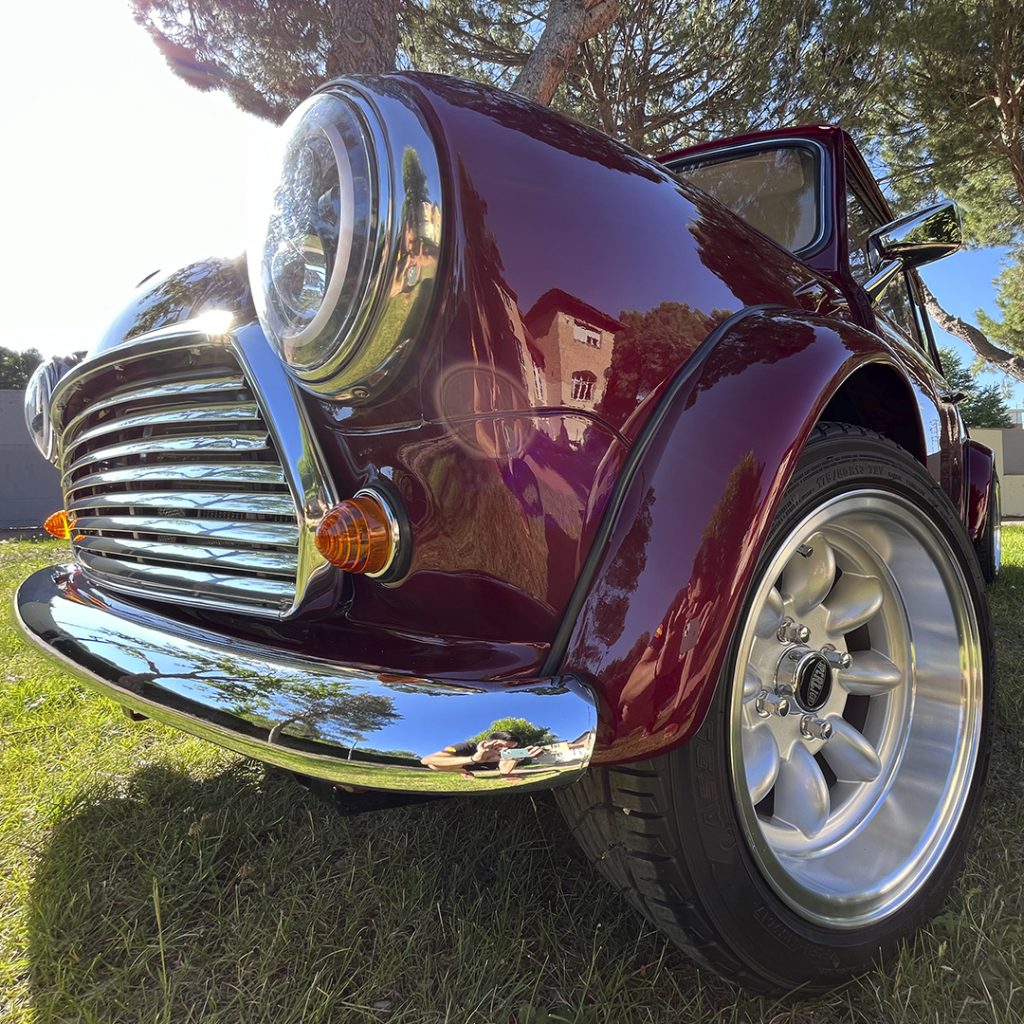
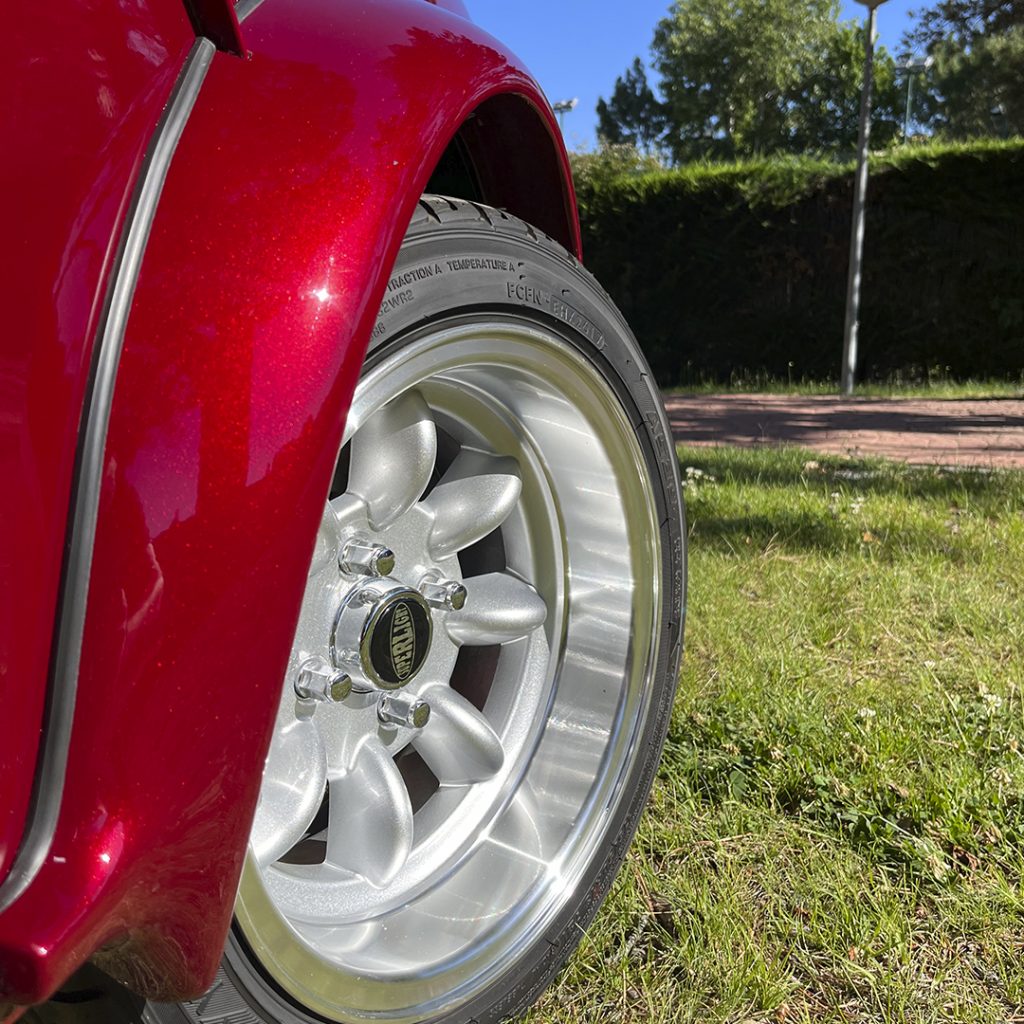
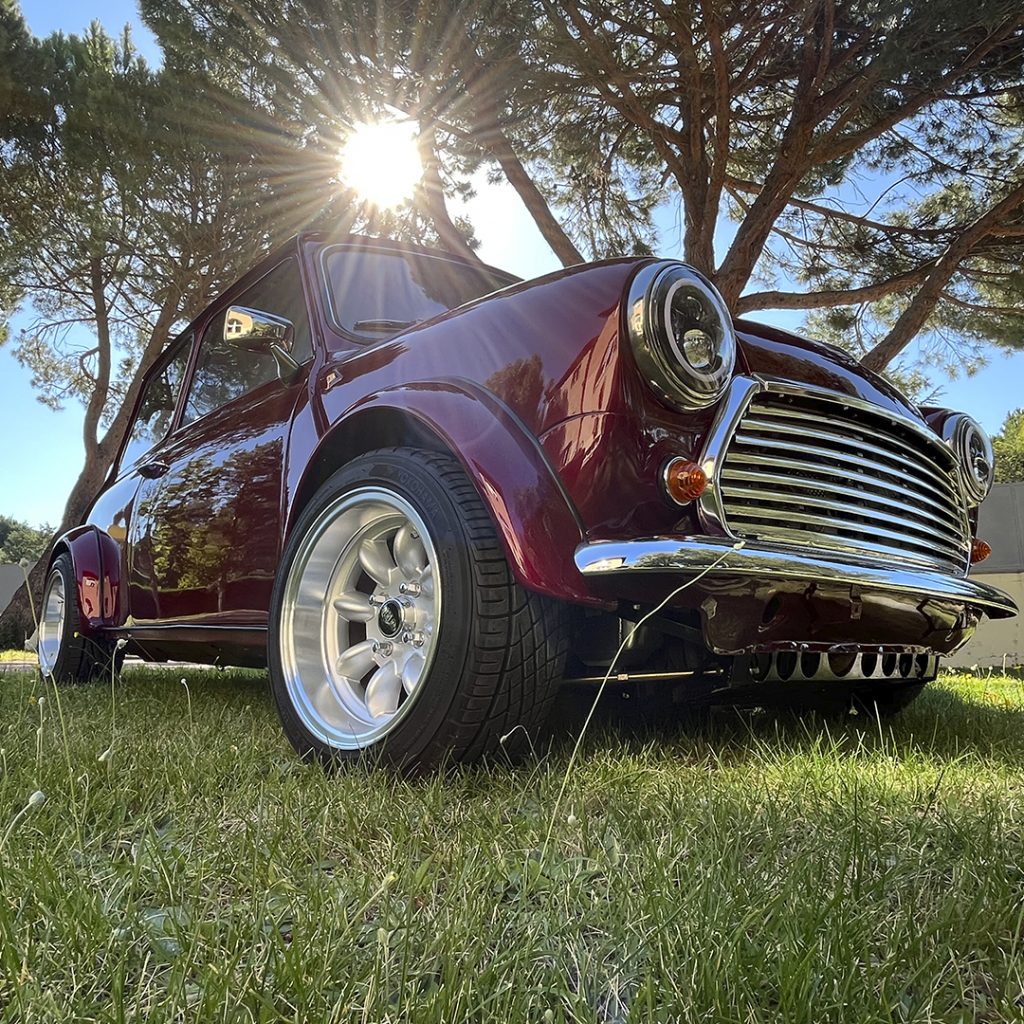
Sentimental value as a starting point
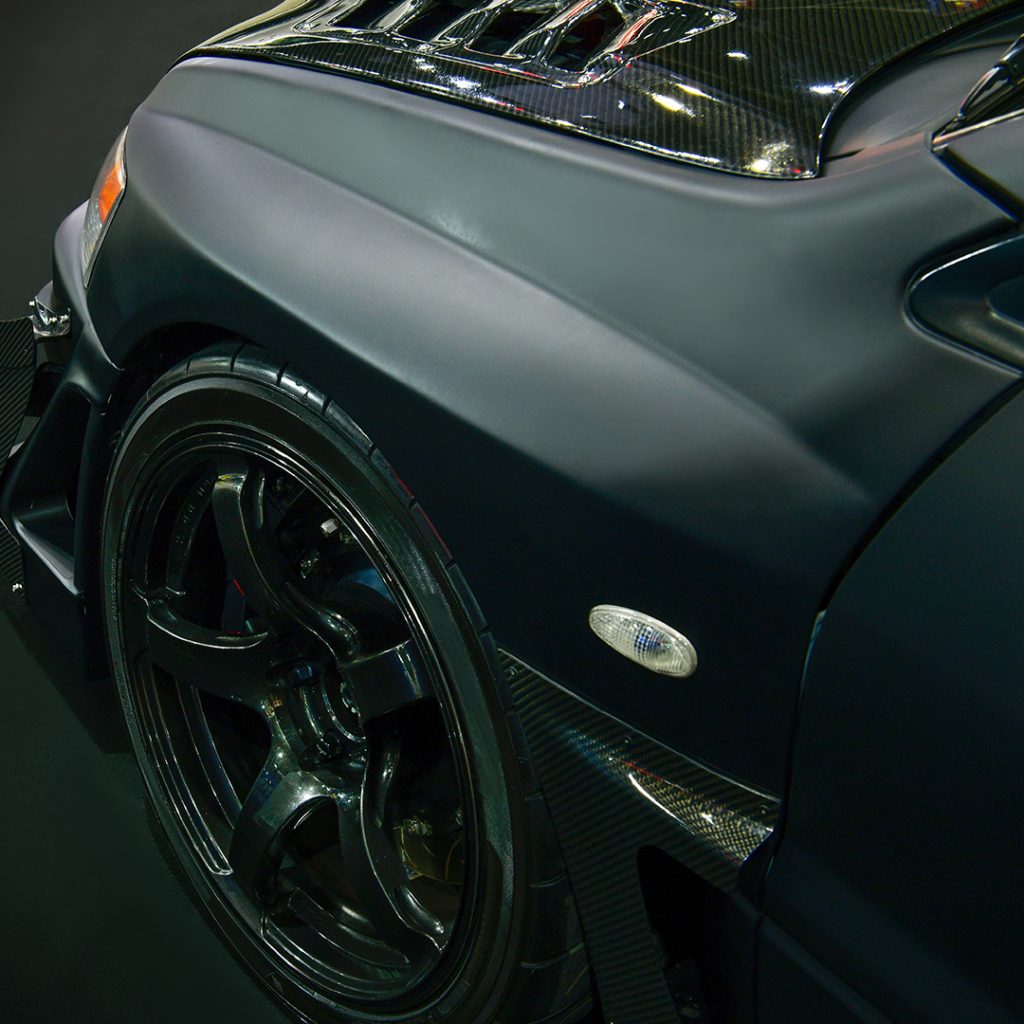
“We have an almost sentimental relationship with all our cars,” says the Restomod Classic product manager. Each of the vehicles they restore and modify has a name. “Yes, yes, all of them! Because this must mean something within the car itself.” For example, the mini classic yellow that he shows us during this interview is called Limoncello. And the same happens with each car.
After all, very personal stories emerge from restomod. “Many people still keep the car that their grandfather gave them, which is almost unusable, but they want to keep it. And they bring it to us to see if they can transform it to use daily,” he explains. And, of course, given the legal requirements we have today, the best option is to entrust the work to this kind of gourmet workshops where there is a vocation to resurrect classics, those mythical beings of the road.
They receive some – in unspeakable conditions – even from the 1970s. “Many arrive almost with only the shell, just the bodywork, and full of dents and rust,” says Ángel Luis Martín. And thus begins the task of adjusting budgets to each project and assessing the best way to personalize it. It is not an easy task. And, although there are people all over the world who do it, there are not so many restomod masters.
In the United States, brands such as Mini, Beetle and Mustang stand out, as well as key firms, such as Singer Vehicle Design, which modernize Porsches; if we travel to Italy, Lancias prevail, along with jewels like the Lamborghini Diablo from the start-up Eccentrica Cars; and in Spain, apart from the mini-classics in Restomod Classic, other great proposals emerge, such as BeMyWheels, with Land Rover. In this way, we can cross borders in search of experts, vintage lovers who look to the future. Pure technology and passion for driving. And all, perhaps, with a common catalyst in each case: emotion, nostalgia, longing. In short, the sentimental value.
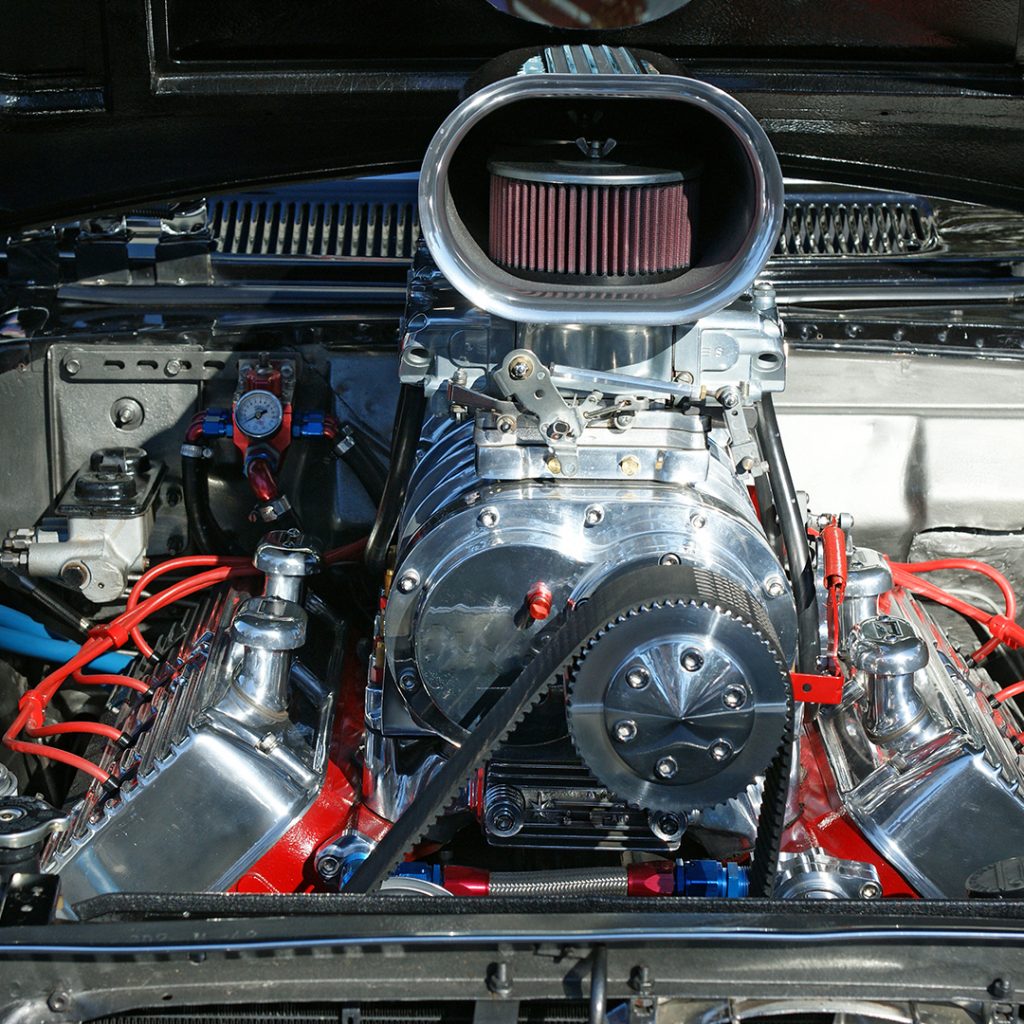
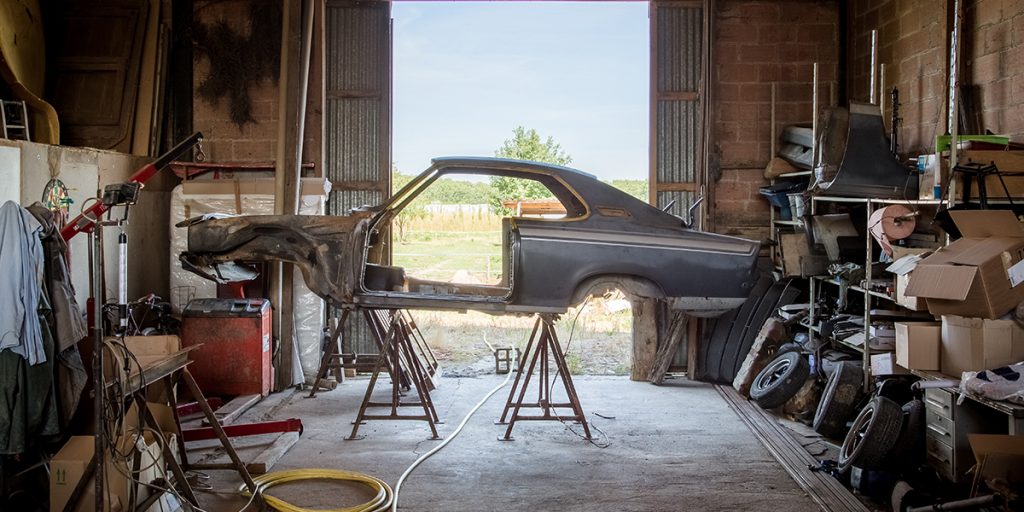
An act of goldsmithing
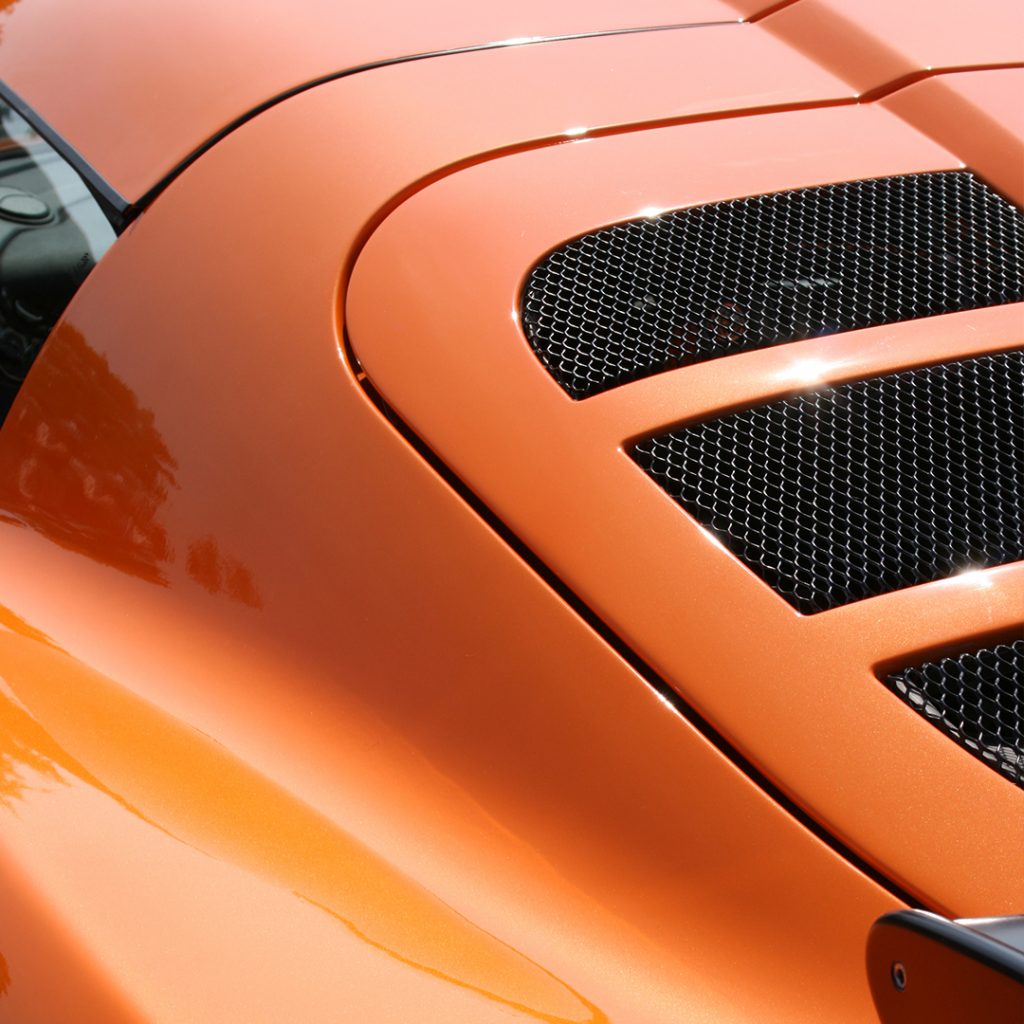
Classic cars that undergo the art of restomod usually have relatively simple structures, which makes it easier to turn them into electric vehicles. A qualitative leap, without a doubt, which enhances the benefits of the original and that, according to specialists, is proliferating in the United Kingdom and the United States. Special mention must go to the popular Volkswagen T1 and T2 vans, a universal symbol.
Needless to say, these works are not equivalent to a traditional restoration, where identical and original parts are located so that the final result looks like it came straight from the factory; here a car from yesteryear is rescued with more modern accessories. Behind that indelible appearance lies a goldsmith’s treatment that – according to the requirements of the work – erases the historic status of a vehicle by altering its main technical characteristics, but leaves it nickel-plated: ready for a second life.
Clean and finished, inside and out, as if rejuvenating a person’s physical condition, but with the same face as always. And, of course, with a smile. Because restomod uses cutting-edge technology, yes, but with an artisanal approach and affection for a past that we do not want to forget.
